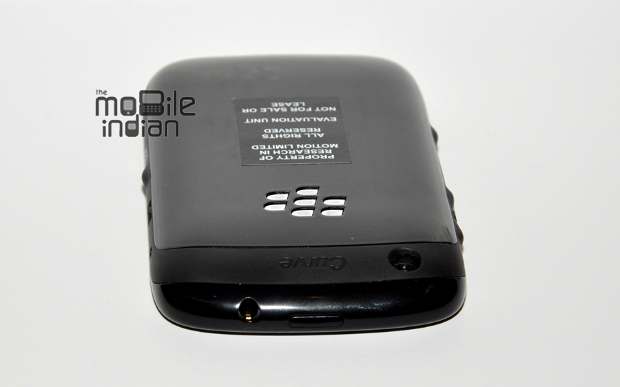Immediate application of the World Health Organization smoking reduction policy- increasing cigarette prices- could prevent millions of smoking-related deaths by 2030, say University of Michigan researchers.
The researchers also claimed that the number of smokers could have been reduced by 34 percent had the WHO policy been implemented globally in 2010.
They developed two sets of projections predicting smoking outcomes from 2010 to 2020 and then again to 2030, with or without the implementation of the smoking reduction policy.
"While several countries have already implemented parts of the WHO voluntary tobacco control policy, called MPOWER, complete and global adoption of these tobacco control measures has not yet happened," said David Mendez, associate professor at the U-M School of Public Health.
Currently, 174 countries have committed to the program in principle by ratifying the Framework Convention on Tobacco Control, the world's first global health treaty.
"Where adopted, the tobacco control policies embedded in MPOWER have had a substantial impact on smoking, creating one of the greatest public health success stories of recent decades," said Kenneth Warner, professor of public health.
"The tragedy is that the failure to adopt these policies will lead to literally millions of avoidable premature deaths," he added.
Estimated global smoking prevalence in 2010 was about 24 per cent, or 794 million smokers, within the countries studied. However, if MPOWER polices had been applied and maintained globally starting in 2010, with a 100 percent increase in cigarette prices, smoking prevalence would be an estimated 15 percent by 2020, or 569 million smokers, and 13 per cent by 2030, or 523 million smokers.
The study shows that doubling the price of cigarettes will have the biggest impact on tobacco use, Mendez said.
Without MPOWER policies and with the same starting and quitting rates, smoking prevalence is estimated at about 23 per cent by 2020, or 838 million smokers (the larger number is reflected by population growth), and 22 per cent by 2030, or 872 million smokers.
Countries in different regions have different smoking rates and prevalence, and different motivations for implementing MPOWER or not, Mendez said. For instance, tobacco is key in a few economies and the politics of tobacco control are difficult in most.
The largest expected prevalence reduction attributable specifically to the MPOWER policies is projected to occur in the European region, moving from an expected prevalence in 2030 of nearly 30 per cent under the status quo to 15 per cent with the application of MPOWER.
The Americas, which already trend downward, are expected to have the largest proportional reduction in prevalence, at 57 per cent.
Source: http://timesofindia.indiatimes.com/life-style/health-fitness/health/High-cigarette-prices-could-cut-tobacco-use/articleshow/12877830.cms





























.jpg)




